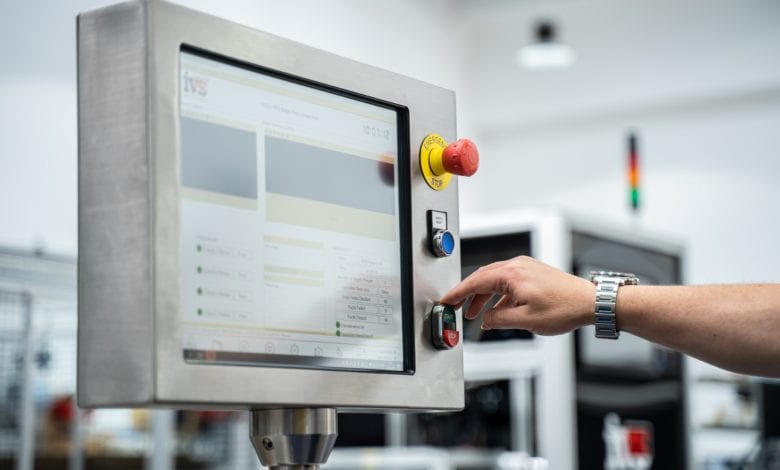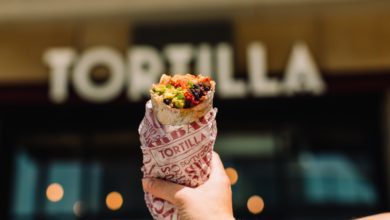CommentCoronavirus
A global problem needs a futuristic solution

Even before COVID-19, there was a notable increase in the number of food and drink manufacturers looking to safeguard quality and aid productivity by using collaborative robots with vision on their production line. They had raised the bar on innovation, ensuring competitiveness in the marketplace.You'll need to
subscribe to unlock this content. Already subscribed? Login?











